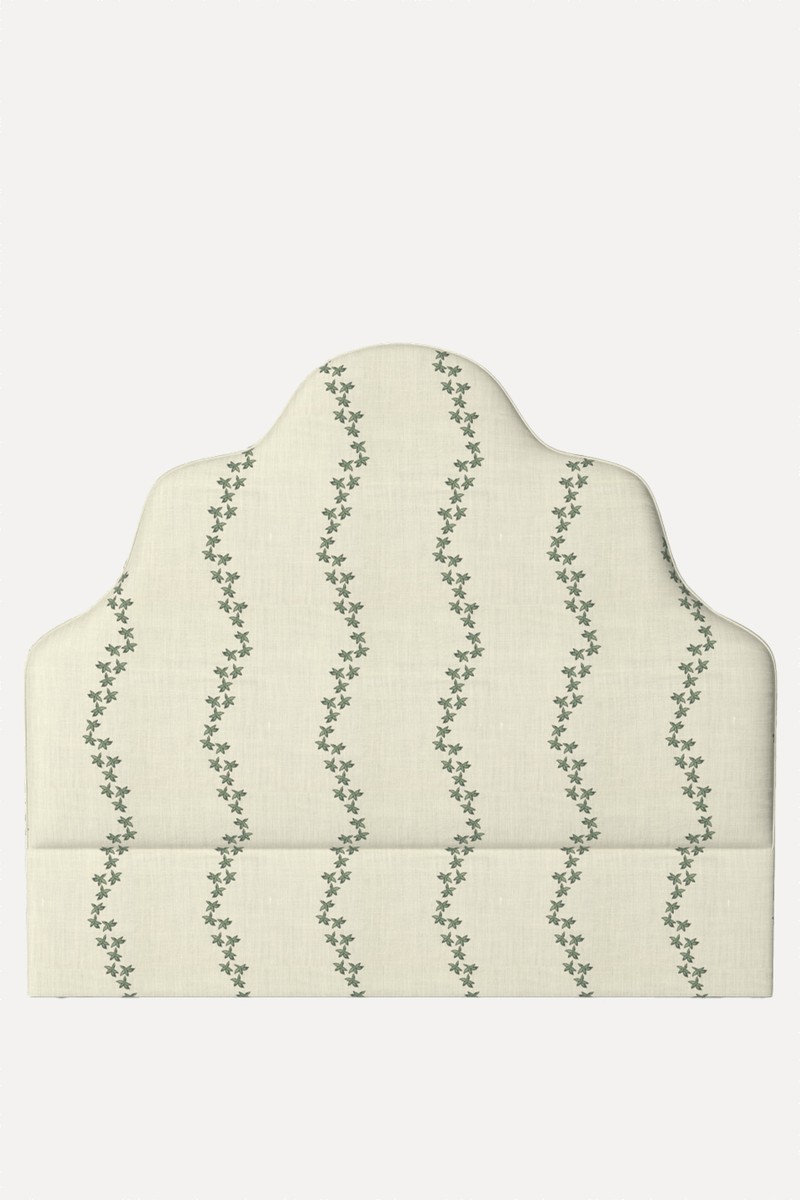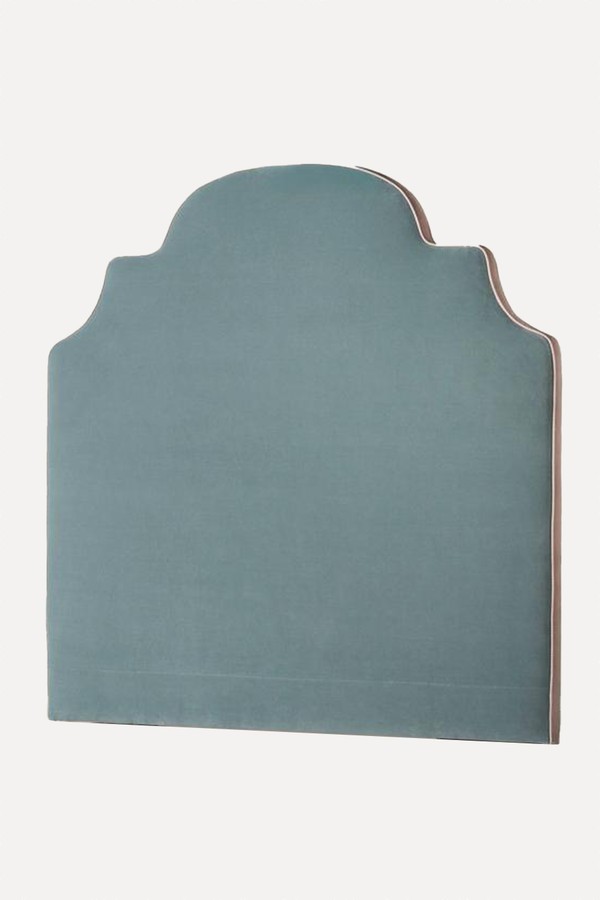
26 Stylish Headboards From £135
From the shape and material to the pattern and finish, the right headboard can be the kind of focal point that anchors an entire scheme. Here are the ones we’re loving right now….












Whether you finish with CONTRASTING PIPING, a chunky border or just keep it simple, PAY ATTENTION TO THE SHAPE – curvature and proportions are everything.













DISCLAIMER: We endeavour to always credit the correct original source of every image we use. If you think a credit may be incorrect, please contact us at info@sheerluxe.com.


